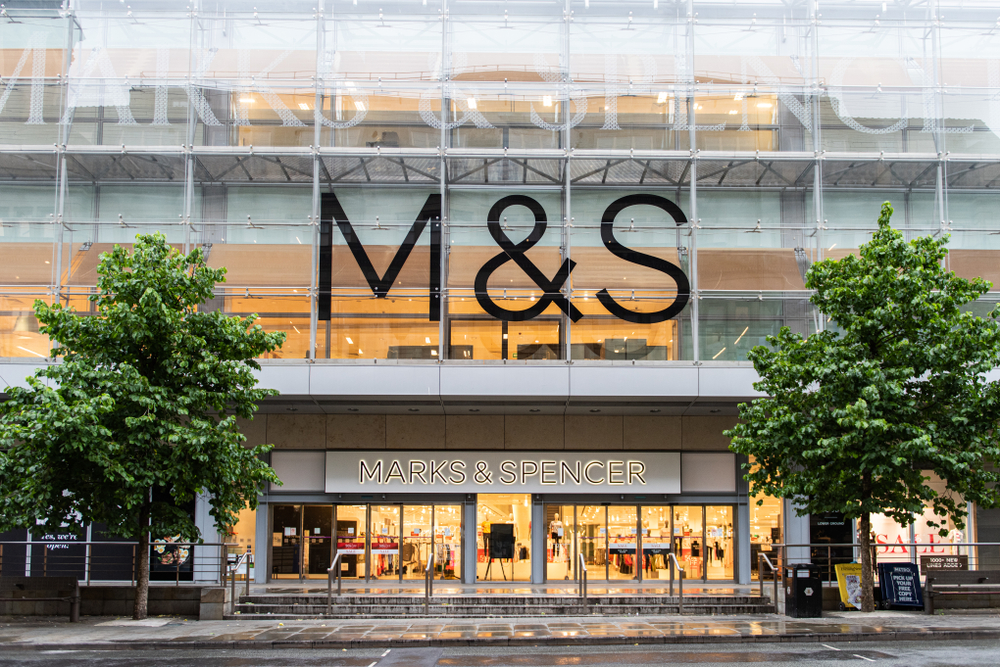Walkmans, mullets and The Empire Strikes Back – there are many things we will cherish from the 80s. But would you really want to live back in those days? For those of us seasoned enough to remember them, we need to remind ourselves we’re looking through rose-tinted glasses. And for those too young to remember Maggie’s golden years (ahem) – but are still hipster enough to wear a “FRANKIE SAY RELAX” T-shirt (in an ironic way, honest) – it must seem like a dystopian nightmare, having to use BT payphones to find your mates and walk to the chippie to get your Friday night takeaway.
While 80s slogan tees may still have their place in society, times have moved on to be more consumer convenient and instant. So why am I still seeing many retailers trying to target modern customers using the same techniques they were 30-odd years ago?
Unfortunately the disconnect seems to be largely down to the legacy systems that are ingrained in the high street giants’ operations. This is creating a chasm between online and offline departments’ marketing, meaning they are working in siloes rather than together. And while these two tribes might not quite want to go to war, their love is definitely tainted.
I’ll stop with the 80s song references now.
This is a serious matter, especially as the struggles we’re seeing from previously solid brands like Debenhams become more pronounced. Without joined up marketing providing a consistent experience from browsing online through to in-store purchase – or more likely vice-versa – consumers will get confused and brands will be damaged. In some cases, customers may even seek out loopholes to game the system, impulse purchasing something in-store, finding it on the retailer’s website on offer, purchasing it online then returning the item in-store for a full refund. It’s behaviour that damages both the customer experience and the retailer’s business.
Without proper communication between different marketing teams, it is impossible to have a single customer view and spot these sorts of behaviours. This is extremely dangerous for inventory management and makes having true visibility over sales figures almost impossible, leading to inaccurate forecasts that could have a detrimental effect on business planning.
So what can be done? A blended approach to marketing is great, but retailers need to be more smart and targeted with the type of marketing they use to engage each audience. Those who grew up with catalogue shopping may well still prefer to browse offline and use a coupon in-store, whereas a busy young professional may prefer to purchase items through a mobile app on their morning commute, so welcome a push notification for 30% off until midday. But is this a cliché that is borne out by data? If you are still managing online and offline customer marketing from separate silos, and some still are, then it is not a scenario you can prove (or disprove), to the detriment of the customer experience and your customer lifetime value!
Online and offline teams need to accurately measure how many of those brochure coupons were cashed in and how many click-throughs the push notification got. It’s all about determining the effectiveness of each marketing tactic against specific segmented audiences and – most importantly – sharing the results across the whole organisation – online and offline. By working together, each team is more empowered to have the agility and flexibility to adapt their marketing techniques to be the most effective at enticing and keeping customers.
To find out more about how you can get your marketing right, time after time (sorry!), take a look at our data insight services and get in touch.






